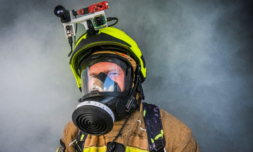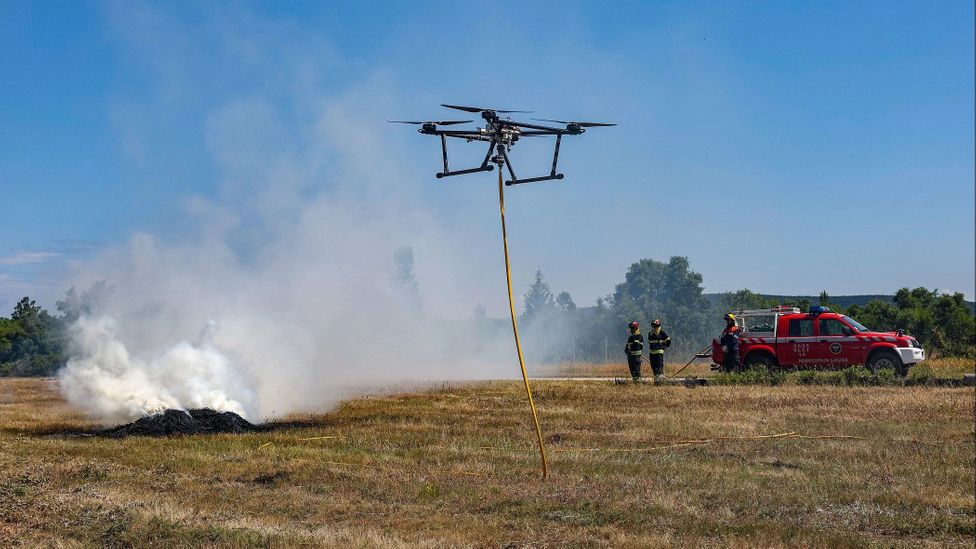The market growth for autonomous firefighting drones is on a rapid rise in 2023 and we could soon see devices put to use in both natural and domestic emergencies.
As the climate crisis ignites blazes of increasing severity and regularity across the planet, emergency services will inevitably become stretched.
Like the vast majority of industries, technology will be used to compensate for any disparity between demand and available manpower – the very worst of which could be felt by the emergency services.
With wildfires engulfing vast regions of southern Europe and Canada in the present, however, novel technological ideas and concepts may have to fill gaps faster than previously expected.
Chief among these is the autonomous firefighting drone; the market growth of which has grown by over 15% in 2023 alone. Several prototypes have been popping up across some 30 countries with China responsible for 11% of the market, and the US and Europe comprising roughly a third.
Firefighting drones in testing phase. Could be excellent idea for high rise buildings 🙌💦🔥 pic.twitter.com/ib30z1ySFA
— H0W_THlNGS_W0RK (@HowThingsWork_) July 17, 2023
An impressive video is making the rounds on social media at the moment, showing three drones completing a staged fire-drill in a high-rise building at a secure site in Beijing.
Attached to flailing water hoses at their bellies, the drones methodically extinguish the multi-story fire using integrated water and foam jets in around a minute.



















